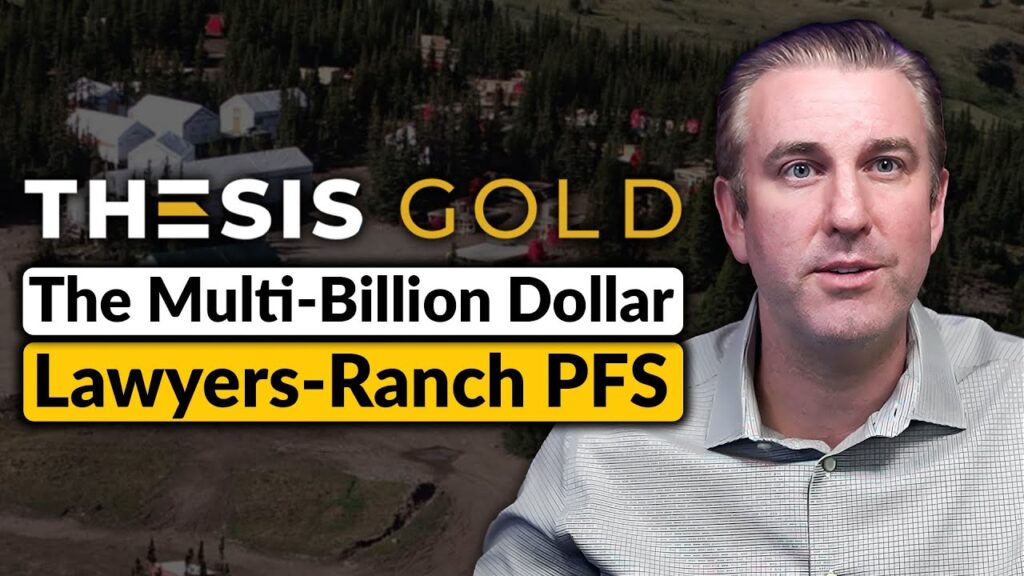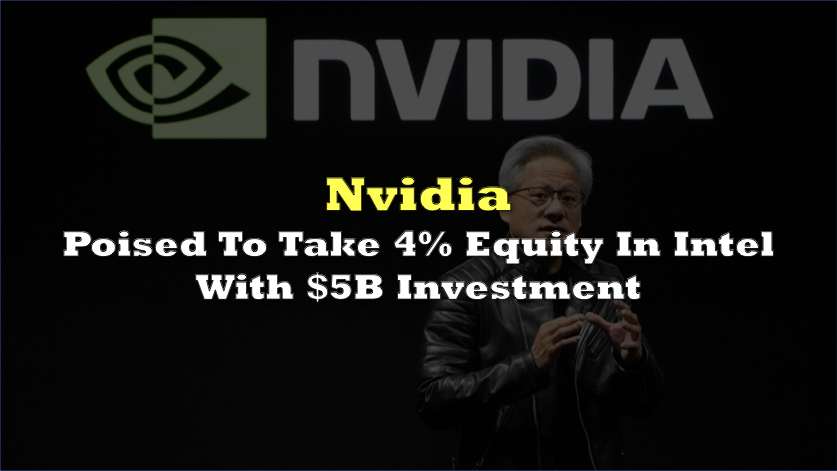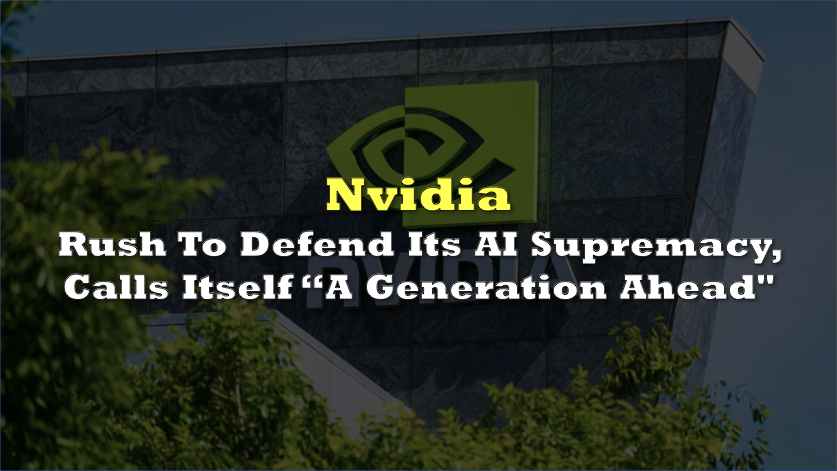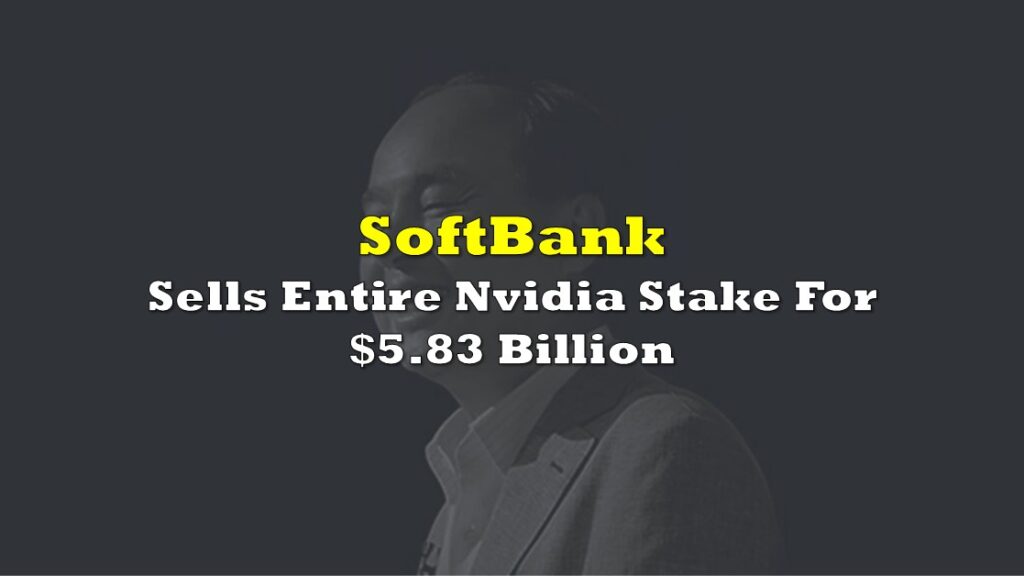Nvidia‘s (Nasdaq: NVDA) January release of Eye Contact, an AI-powered software video feature, garnered mixed reviews after its introduction. About six months in, it’s still getting pretty much the same reviews.
The technology, included in the 1.4 version of Nvidia’s Broadcast app, aims to maintain eye contact during video calls by simulating gaze alignment using software-controlled eyeballs. However, the software’s unrelenting eye contact has been met with criticism, with many describing it as unnatural and creepy.
The fake eyes generated by Eye Contact replace the user’s actual eyes in the video stream, always staring directly into the camera, even if the person looks away. They even simulate natural eye color and blink when the user blinks, attempting to create a realistic effect.
Critics argue that maintaining uninterrupted eye contact for extended periods feels uncomfortable and unsettling. Scott Baker, a former TV news anchor, emphasized the importance of natural eye contact in effective communication, stating that breaking eye contact is necessary to replicate real-life interactions.
The feature is recently getting traction in the Twitter wilderness after users pointed out that it could’ve been used for a video featuring US President Joe Biden, who does not blink and just maintains eye contact for over a minute.
This looks like the NVIDIA Broadcast app working behind the scenes, with their ai “eye-contact” feature.
— Olive The Attention (@ACatNamedOlive) July 7, 2023
It looks like it’s set aggressively high.
You can see the wobble around his orbitals, when he moves.
While this can’t be the case for this particular video as it was originally posted in July last year, months before Nvidia’s AI product was released, it still sparked renewed interest in Eye Contact, as demonstrated by this new video from Twitter user @Rainmaker1973.
This NVIDIA AI-based tool for streamers allows you to maintain eye contact with your audience while also reading the chatbox
— Massimo (@Rainmaker1973) July 11, 2023
[NVIDIA Eye Contact: https://t.co/9BMmSX7Zzq]
[📹 https://t.co/6GLSxy4dAw]pic.twitter.com/0URuHg6bEo
But alas, user comments remain mostly the same, with one user saying “It’s not ready for the real world. Yet.”
RELATED: Nvidia Posts $7.2 Billion Revenue In Q1 2024, Rallies On $11-Billion Q2 Revenue Outlook
Information for this story was found via Twitter, and the sources and companies mentioned. The author has no securities or affiliations related to the organizations discussed. Not a recommendation to buy or sell. Always do additional research and consult a professional before purchasing a security. The author holds no licenses.









